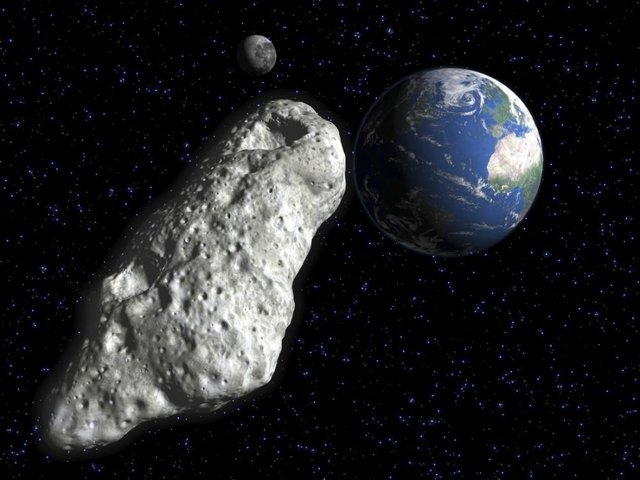RE: One Bit News - Astronomy - Week 4
Asteroids can provide us with great information about the birth of the Solar System. Some, NEOs, however, pose a threat to the Earth.

Sizes of asteroids
The dimensions of asteroids are extremely variable: from a few tens of meters to more than 1,000 kilometers. We also note that the larger an asteroid, the more spherical it is. Below 160 km in diameter, their shape becomes frankly elongated and irregular: this shape is due to gravity.
Origin and formation of asteroids
Asteroids are not the result of the bursting of a planet but in fact that of the fragmentation of planetesimals resulting from the coagulation of dust during violent cosmic phenomena.
These bodies were thus formed at the same time as the Sun because, like the latter, it comes from the condensation of the protosolar nebula. Asteroids have a close connection with the Sun but also with the planets resulting from a new coagulation of planetesimals and other bodies. Most of these bodies are in a ring between the orbits of Mars and Jupiter. Because of the proximity of this last planet, the agglomeration of planetesimals was interrupted, thus preventing the formation of a fifth planet deduced by the law of Titius-Bole.
For information, this law empirically gives the relative distances of the planets to the Sun from the rotational speeds of these. It finally tells us that the asteroid belt should, without the influence of gravitational disturbances, agglomerate into a planet.